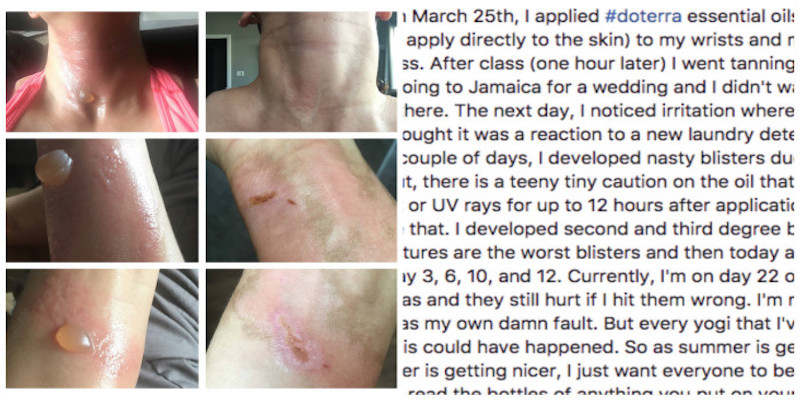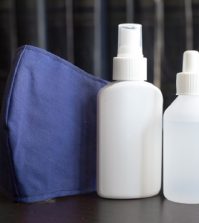- Study Says Most Parents Don’t Use Car Seats In Ride Share Vehicles Like Uber
- This 12-Year-Old Boy Is A Sophomore Aerospace Engineering Major!
- Fire Safety Experts Warn Of Hand Sanitizer Danger After A Mom and Kids Escape House Fire
- Recall Alert: Peaches May Be The Cause Of Salmonella Outbreak, 68 People Ill
- Summer Vacation In The Days Of COVID: Tips To Stay Safe
- How To Safely Grocery Shop During The Coronavirus Pandemic
- Michigan Teen With Vape-Related Illness Undergoes Double Lung Transplant
- Teen Kicks Off Anti-Vaping Campaign From Hospital Bed
- Teenager Receives Life Sentence For Strangling Sister To Death Over A Wi-Fi Password
- Toddler Falls To Death From 11th Deck of Cruise Ship
This Woman’s Burns Shows Essential Oils Can Be Dangerous


In today’s sometimes “artificial” world, we often just want to use something natural and pure, without any chemicals. This need has led to the rise in popularity of essential oils. We need to remember (especially when it comes to our kids) that just because something is “natural” doesn’t mean it can’t harm you!
Elise Nguyen, recently posted some photos on Facebook that will instantly make you look at the fine print on your bottles of essential oils.
Elise applied some Doterra oil to her neck and wrists before she was about to attend a yoga class. After class, she went to a tanning salon in preparation for a wedding she was going to in Jamaica. The next day, she had a mild skin irritation that she thought was a reaction to her laundry detergent. Then, things got really bad:
“…over the next couple of days, I developed nasty blisters due to a chemical burn. Turns out, there is a teeny tiny caution on the oil that states ‘stay out of sunlight or UV rays for up to 12 hours after application’ or something like that. I developed second and third-degree burns from the oils.”
Although the photos Nguyen posted were within the first 2 weeks of her burn, she wrote, “Currently, I’m on day 22 of this burn. I still have open areas and they still hurt if I hit them wrong.” She, however, points out that the blame rests entirely with her and not Doterra: “I’m not blaming the company, it was my own damn fault. I just want everyone to be aware of this…I wouldn’t want this to happen to anyone else.”
Many of us do use sunlight, which makes Nguyen’s experience important for any essential oil user and, at the minimum, reminds us to always read the labels of products we use on our skin.
Using an essential oil is actually not the equivalent of rubbing a dandelion on your skin — there are real health risks involved.
The results can be toxic and although they may be popular and sold everywhere, essential oils are not regulated by the FDA, and therefore not only have their risks and benefits not been fully researched, but they are also not required to have safety measures like childproof caps.








0 comments